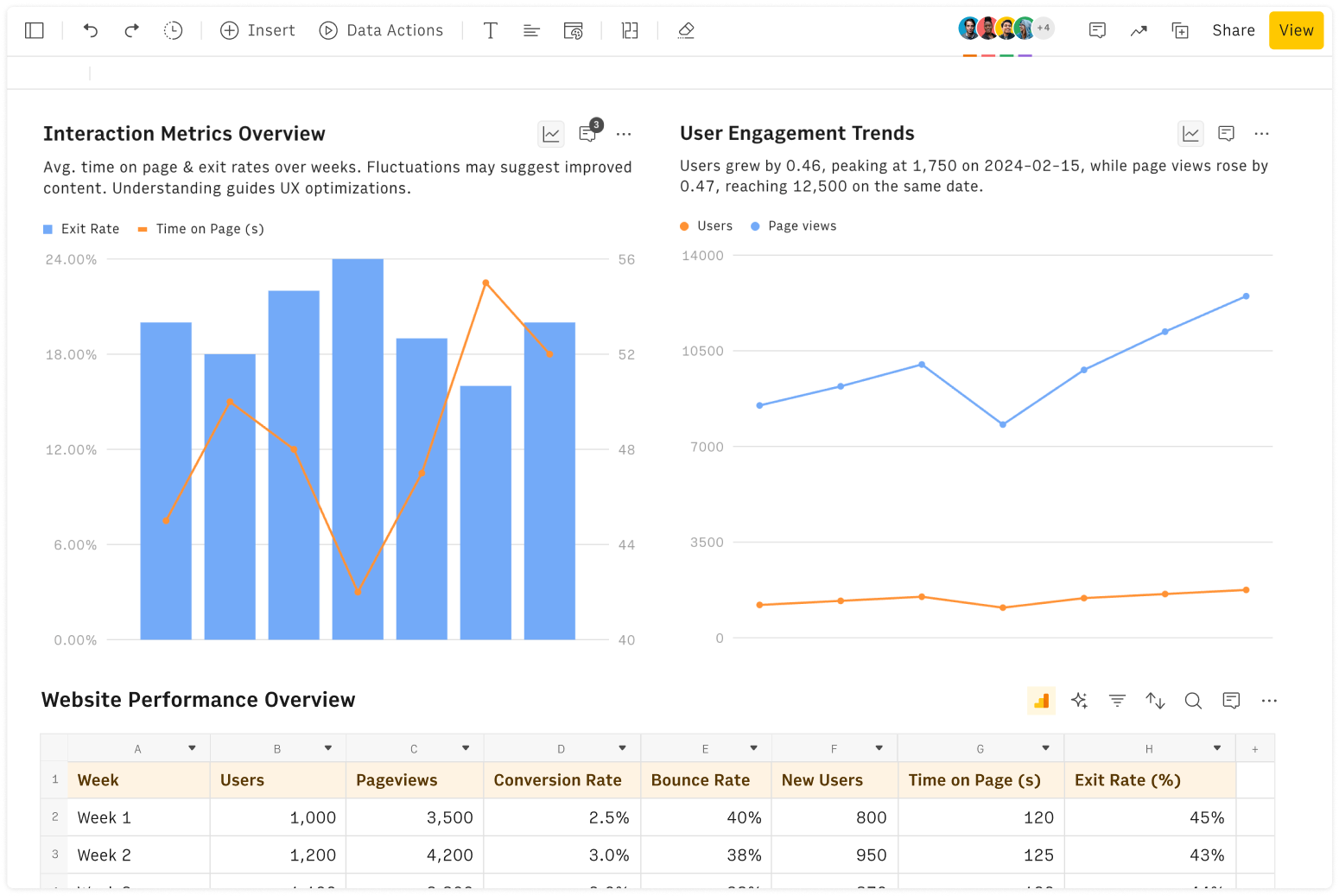What is an interest-only mortgage
An interest-only mortgage is a type of home loan where borrowers pay only the interest on the principal balance for a set period, typically 5 to 10 years.
This structure results in lower monthly payments during the interest-only period, but higher payments once the full amortization begins.
Willing to get a regular mortgage? Check our Mortgage Calculator.
How to calculate interest-only mortgage payments
To calculate the monthly payment for an interest-only mortgage, use the following formula:
Monthly Payment = (Loan Amount × Annual Interest Rate) ÷ 12
Here's an example calculation:
On a $300,000 loan at 4% interest: ($300,000 x 0.04) / 12 = $1,000 per month.
How to use the Interest Only Mortgage Calculator?
Our Interest Only Mortgage Calculator simplifies complex financial calculations, providing you with a clear picture of your potential mortgage payments and long-term costs. Follow these steps to use the calculator effectively:
Input the Loan amount: The total amount you wish to borrow
Enter the Interest rate: The annual interest rate for your loan
Specify the Interest-only period: Duration of interest-only payments in years
Set the total loan duration: The full term of the mortgage in years
By following these steps, you can easily compare different loan amounts, interest rates, and terms to make an informed decision about your interest-only mortgage.
Feel free to adjust the inputs and recalculate as needed to explore different scenarios. This flexibility allows you to compare various loan amounts, interest rates, and terms, helping you find the best option for your unique financial situation.
Should you get an interest-only mortgage?
Deciding whether an interest-only mortgage is right for you depends on your financial situation and goals. Consider these pros and cons:
Pros:
Lower initial monthly payments
Potential for greater cash flow flexibility
Opportunity to invest the saved money elsewhere
Cons:
Higher payments after the interest-only period ends
Risk of owing more than your home's value if property prices fall
Potentially pay more interest over the life of the loan
FAQ
How to calculate a mortgage interest only payment?
To calculate an interest-only mortgage payment:
Take the loan amount (principal)
Multiply it by the annual interest rate
Divide the result by 12 (months in a year)
For example, on a $100,000 loan at 3.5% interest: ($100,000 x 0.035) / 12 = $291.67 per month
How much is a 200,000 interest-only mortgage a month in the UK?
Use the following table to get the monthly payment of a 200k interest-only loan by interest rate:
At 2% interest rate, you'd pay 333,33 per month
At 2.5% interest rate, you'd pay 416,67 per month
At 3% interest rate, you'd pay 500 per month
At 4% interest rate, you'd pay 666,67 per month
At 5% interest rate, you'd pay 833,33 per month
How much can I borrow for an interest-only mortgage?
The amount you can borrow for an interest-only mortgage depends on several factors:
Your income and debt-to-income ratio
Credit score
Down payment
Property value
Lender's specific criteria
Generally, lenders may allow you to borrow up to 80% of the property's value. However, this can vary, and some lenders may have stricter requirements for interest-only mortgages compared to traditional mortgages.
Is an interest-only mortgage a good idea?
An interest-only mortgage can be a good idea in certain situations:
For investors looking to maximize cash flow from rental properties
For individuals with variable income, such as self-employed professionals or those who receive large bonuses
As a short-term strategy for those expecting a significant increase in income
However, it's crucial to consider the risks and long-term implications. Interest-only mortgages require discipline and careful financial planning to ensure you can handle higher payments when the interest-only period ends.







